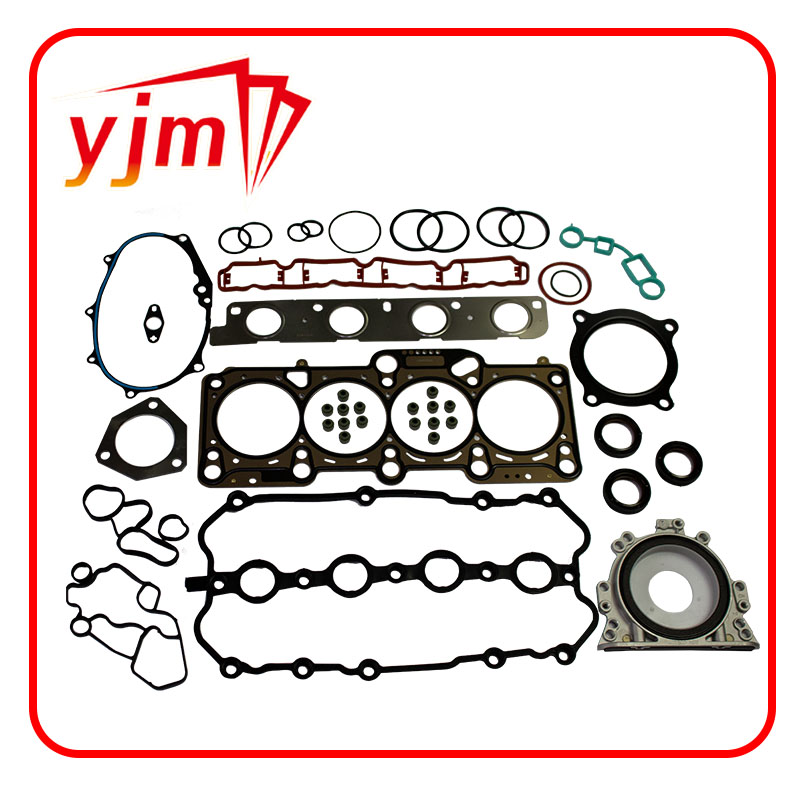Transaxle Output Shaft Seal Maintenance and Replacement Tips for Optimal Performance
Understanding the Importance of the Transaxle Output Shaft Seal
The transaxle output shaft seal is a critical component found in many modern vehicles, particularly those with front-wheel drive systems. As a component of the vehicle's drivetrain, it plays an essential role in ensuring the smooth operation of the transmission and the efficiency of power transfer from the engine to the wheels. Understanding what the transaxle output shaft seal is, its function, and the implications of failure can help vehicle owners maintain their cars effectively and prolong their lifespan.
What is a Transaxle Output Shaft Seal?
The transaxle output shaft seal is designed to prevent the leakage of transmission fluid from the transaxle housing. It is located at the point where the output shaft exits the transaxle and connects to the drive axles. The seal is typically made of durable rubber or synthetic materials and is engineered to withstand the extreme conditions of heat, pressure, and friction that occur during vehicle operation.
Function of the Output Shaft Seal
The primary function of the transaxle output shaft seal is to keep transmission fluid contained within the transaxle. Transmission fluid is essential for lubricating the various internal components of the transmission, regulating temperature, and facilitating smooth shifting. If the fluid leaks out due to a faulty seal, it can lead to several problems, including inadequate lubrication and overheating of the transmission.
Additionally, the output shaft seal acts as a barrier against dirt, dust, and other contaminants. This protective function is vital because debris entering the transmission can accelerate wear and tear, leading to more severe mechanical failures down the line.
Signs of a Worn or Failed Seal
Vehicle owners should be vigilant for signs that the transaxle output shaft seal may be failing. Common symptoms include
1. Fluid Leaks The most obvious indicator of a failing seal is the appearance of transmission fluid on the ground beneath the vehicle. This reddish or brown fluid is distinct and should not be ignored.
2. Low Transmission Fluid Levels Regularly checking the transmission fluid level can help identify leaks early. If the levels are consistently low, it may indicate a seal issue.
3. Transmission Overheating A compromised seal can lead to fluid loss, resulting in insufficient lubrication and increased operating temperatures. Symptoms of overheating can include slipping gears and delayed engagement.
4. Unusual Noises Worn seals may allow excess contaminants into the transmission, which can result in strange noises coming from the transmission area, such as grinding or whining sounds.
transaxle output shaft seal

5. Poor Shifting Performance With low fluid levels due to a leak, drivers may experience difficulty in shifting, including lingering between gears or abrupt changes.
Repair and Maintenance
If a transaxle output shaft seal is suspected to be faulty, it is crucial to address the issue promptly. Ignoring a leaking seal can lead to catastrophic transmission failure, ultimately resulting in exorbitant repair costs.
The process of replacing the output shaft seal typically involves
1. Accessing the Seal This may require removing components such as the driveshaft or axle assembly, depending on the vehicle's design.
2. Removing the Old Seal The old, worn seal must be carefully extracted without damaging the surrounding components.
3. Installing the New Seal A new seal is then installed, ensuring it is seated properly to prevent future leaks.
4. Refilling Transmission Fluid After replacing the seal, the transmission must be refilled with the appropriate type of fluid, as specified by the manufacturer.
Prevention is Key
Regular maintenance and inspections are crucial for preventing issues with the transaxle output shaft seal. Drivers should keep an eye on their transmission fluid levels and be proactive about addressing leaks or performance issues as they arise. Additionally, having regular professional inspections can help catch early signs of wear and tear, ensuring that the transaxle and its components remain in good working order.
Conclusion
The transaxle output shaft seal may be a small component, but its role in vehicle performance is significant. By understanding its function, recognizing signs of failure, and ensuring proper maintenance, vehicle owners can safeguard their investment and enhance the longevity of their automobiles.
-
The Ultimate Guide to Car Repair Kits: Tools and Essentials Every Driver Should Own
News Aug.01,2025
-
The Complete Guide to Oil Pan Gaskets: Sealing Engine Leaks the Right Way
News Aug.01,2025
-
Preventing Oil Leaks: A Complete Guide to Oil Pan Gaskets and Drain Seals
News Aug.01,2025
-
Everything You Need to Know About Oil Pan Gaskets and Drain Plug Seals
News Aug.01,2025
-
Essential for Car Owners: How to Use a Car Repair Kit to Deal with Minor Breakdown
News Aug.01,2025
-
Comprehensive Guide to Engine Oil Sump Gaskets and Related Seals
News Aug.01,2025
-
The Ultimate Guide to Boat Propeller Bearings and Trailer Wheel Bearings
News Jul.31,2025
Products categories















